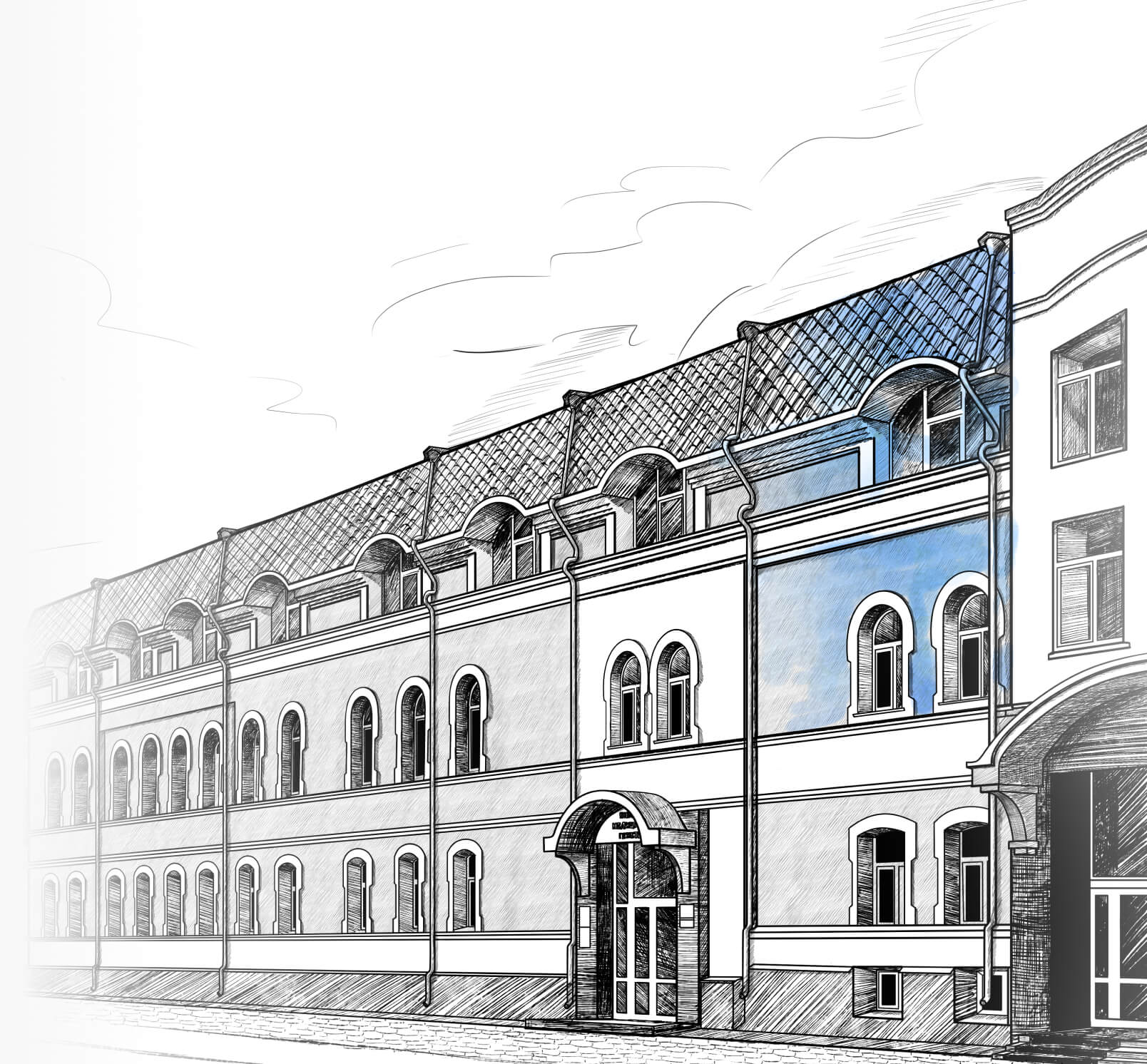НИИ
медицинской
генетики
Томского нимц
Одно из ведущих медико-генетических учреждений России. Осуществляет высокотехнологичную медико-генетическую помощь населению, научные исследования и профессиональное образование в области медицинской генетики.



